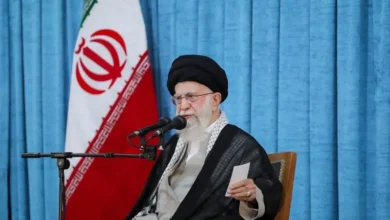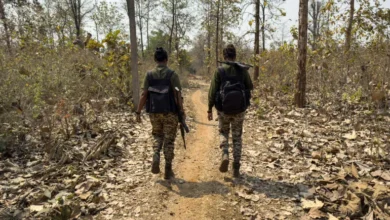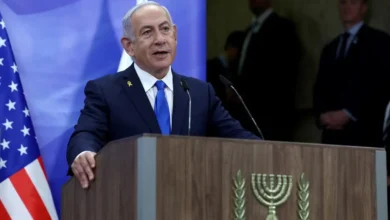‘No guardrails’: How India-Pakistan combat obliterated old red lines

Guns have fallen silent for now along the tense India-Pakistan frontier, after a ceasefire that appears to have held for three nights.
On May 7, India launched predawn attacks on what it called multiple “terror sites” across Pakistan to avenge the April 22 killing of 26 men, almost all of them tourists, in Indian-administered Kashmir’s resort town of Pahalgam. New Delhi accused Islamabad of backing the gunmen. Pakistan denied its involvement.India’s aerial assault kick-started four days of heightened tension, as both neighbours fired missiles and drones at each other’s military installations in a rapidly escalating cycle that brought them to the brink of full-scale war.
Both sides have claimed to have decisively damaged, even destroyed, the other’s key strategic facilities, even though early evidence suggests more limited damage to military bases in both India and Pakistan.
Yet even as India and Pakistan arrived at a ceasefire that United States President Donald Trump insists his administration brokered, experts say something has indeed been decimated, potentially beyond repair: Old red lines that had defined the tense relationship between the South Asian neighbours.“India and Pakistan have entered a phase of ‘armed coexistence’ with little room for diplomacy and a narrow margin for error, despite having a live and sensitive border,” Praveen Donthi, senior analyst at the International Crisis Group in New Delhi, told Al Jazeera.
“This situation does not bode well for either country or the region, because even accidental triggers could escalate into a war-like situation with no guardrails in place.”
India-Pakistan dispute: Who settles it?
The seeds of the India-Pakistan conflict were sown when their independence from British rule in 1947 was accompanied by a partition of the Indian subcontinent to create Pakistan.
Since then, the two neighbours have fought four wars, three of them over Kashmir, a region they both control partially along with China, which governs two thin slices in the north. India claims all of Kashmir, while Pakistan claims all parts other than the ones governed by China, its ally.
After their 1971 war that led to the creation of Bangladesh, India and Pakistan signed what is known as the Simla Agreement, which said “the two countries are resolved to settle their differences by peaceful means through bilateral negotiations.”










